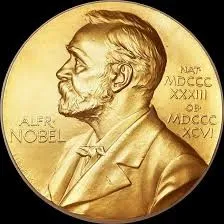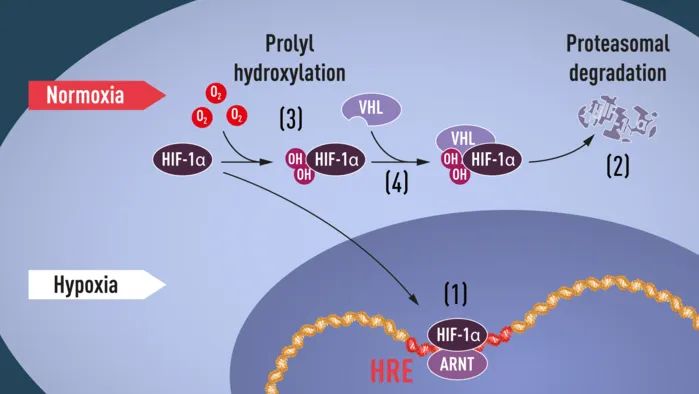
It isn’t every day a Nobel Prize is awarded, it’s a prestigious accolade of recognition in the scientific world. A contribution of great significance that promotes world peace or benefits mankind and is presented by the Royal Swedish Academy of Sciences. It’s a pretty big deal when one is awarded and taking a look at the brilliant projects that are very much leaps and strides for mankind is a worthwhile exercise, regardless of background.
// The Big Three //
Great Britain and the United States hold hands and take a bow for the brilliant scientific advancements in “discoveries of how cells sense and adapt to oxygen availability.” The big brains behind this wonderful work are Gregg L. Semenza, William G. Kaelin Jr. and Peter J. Ratcliffe. While all three were awarded the prize, they worked independently to each other. Their domain of research would explore and uncover some of the most essential understandings of how the body adapts and functions under certain conditions. Knowing more about how the body functions open new gateways to exploiting bodily reactions for disease treatment. Identification of abnormalities would also be a benefit to this area of advancement.
// Understanding and Exploiting //

Cells within the body react to varying levels of oxygen in the body and scientists uncovered a trail of identifiable events that occur when exposed to certain conditions. Knowing how the body reacts to certain oxygen conditions opens to door to treating cancer in new ways as they survive in the body with low oxygen levels. Low oxygen tolerance could also be manipulated to help treat conditions of patience experiencing strokes or heart attacks. Understanding the body at even deeper levels holds the key to advance and sometimes just better avenues of treatment. Exploring how the body functions when in healthy state will also uncover how it reacts when experiencing diseases, oxygen is highly linked to the foundation of disease. It is only with this ‘low level’ information that new techniques can be engineered to combat diseases that have plagued humanity for years.
// A Scientists Path //

Research is a long and arduous road that may not yield much in the way of beneficial discovery but former research has always been referenced for others to fast track future generations of research. Discovery of how the body senses oxygen was no spontaneous feat either. Research was recognised to have started in the early 90s by Gregg L. Semenza, initially discovering genetic links to oxygen levels in relation to the production of erythropoietin (EPO). While the scientists worked independently, sharing of knowledge and occasional discussion in such niche fields is common and beneficial. Scientists show a great level of tenacity along their journey of research, not everybody will recognise or agree and Semenza’s work was rejected many times before today.
It is ironically interesting that a Nobel Prize winning contribution could be faced with unacceptance and deemed ‘uninteresting’ by centralised journal bodies. The three scientists persevered and their recognition does not only value their work in the scientific realm but also as scientists that were prepared to dedicate their efforts to a greater understanding of curiosity and unknown.
Sources
https://www.nobelprize.org/prizes/medicine/2019/semenza/facts/
https://www.hopkinsmedicine.org/profiles/results/directory/profile/0800056/gregg-semenza